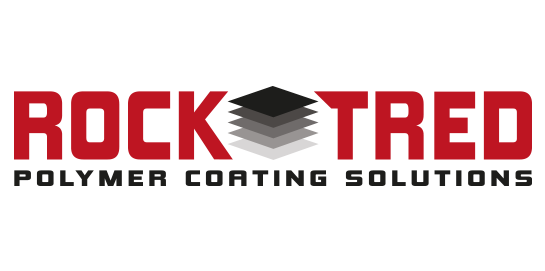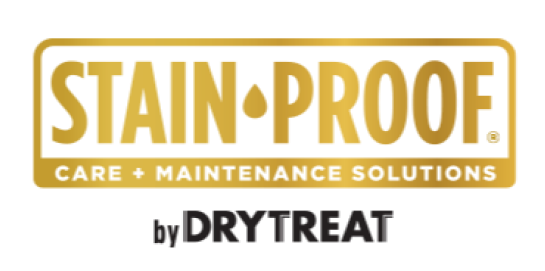Falls in the workplace are the leading cause of injury producing accidents in the U.S, according to the National Floor Safety Institute (NFSI). How can end users, architects, specifers and flooring installers adequately know what is “too slippery”?
While this topic is very scientific and very detailed, I will try and summarize for this article.
The “non-skid” property of any floor surface is quantified by a measurement of Coefficient of Friction (CoF). By definition this means “The ratio of the force that maintains contact between an object and a surface and the frictional force that resists the motion of the object” . This value between .01 and 1.00 will determine the slip resistance of any surface.
OSHA and Americans with Disability Act (ADA) both recommend different co-efficient frictions for non-slip flooring, but do not have any set regulations as of this writing. OSHA recommends a co-efficient of friction .05 or greater, ADA .06 for horizontal surface, and .08 for ramps.
How is this measured? There are 3 standards that are typically in use in the United States; James Machine, which is a laboratory only testing equipment, measures co-efficient of friction on dry samples. The Horizontal Drag Meter (Dynamometer) is a field test by where specific weights are drug across a surface and the resistance is measured. More common is the Tribometer, which is an electronic “buggy” that moves across a surface and produces a graph of the variance in CoF.
ROCK-TRED has this type of equipment when we are asked to test projects.
There are more factors to be considered when looking at falls in the workplace, such as lighting or lack thereof, quality of the shoes worn, and more importantly the general housekeeping of the floor surface. (I recently visited a poultry processing plant during operations that had a very aggressive non-slip finish (1.0), but with all of the fat was still like walking on ice with my leather soled shoes)
Final advice here would be to stay away from generic terms such as “light non-skid” or “medium texture” while these are commonly used terms, they are not quantifiable and can lead to possible litigation.






